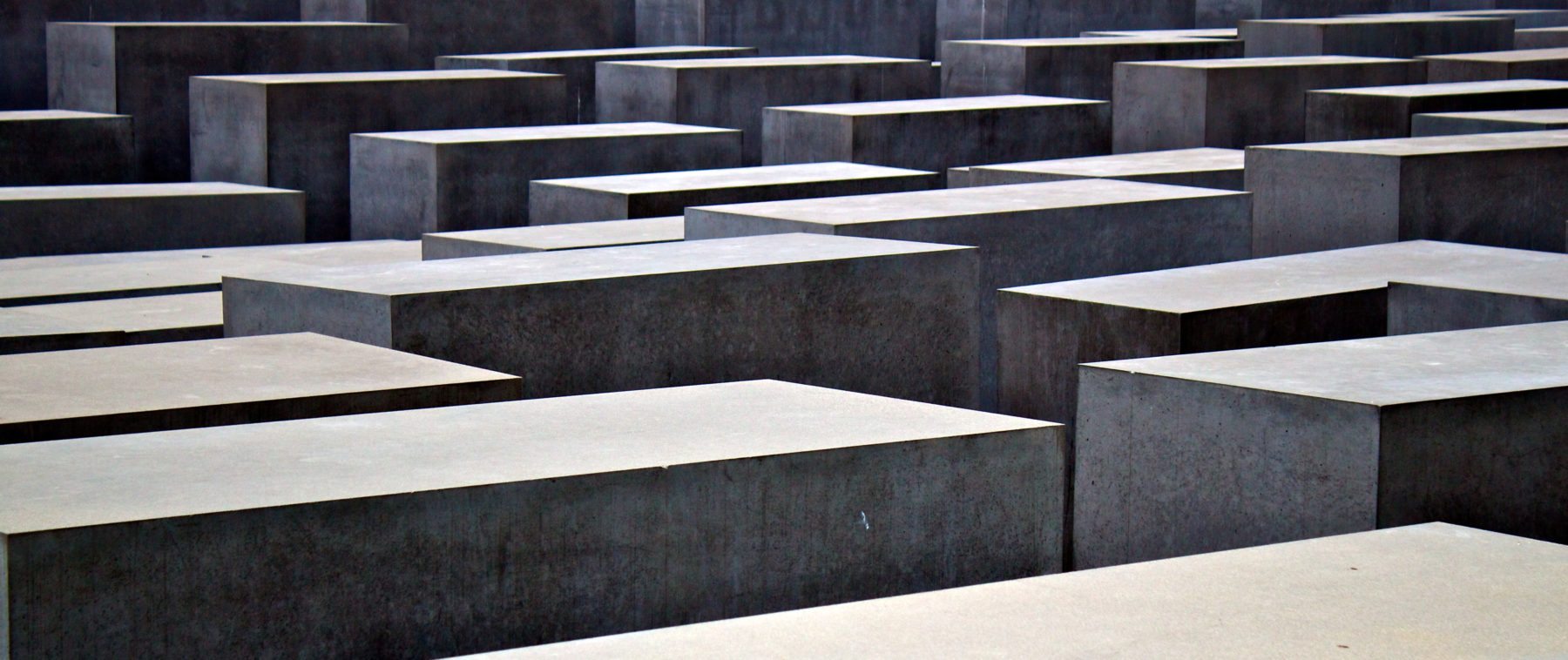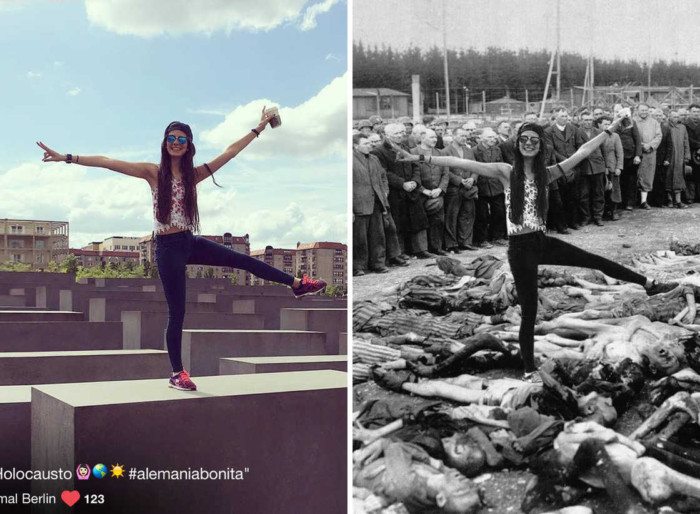The Horrors of ‘Yolocaust’
We are now well and truly immersed in the age of social media. It is rare not to be flooded with photos on almost every platform after a friend or blogger goes travelling. Did it even happen if you don’t have 50+ likes on the Instagram photo? People have taken travel documentation to new levels in the past few years, with travel bloggers, vloggers and Instagrammers amassing sizeable incomes simply for sharing their trip with their followers. However, this method of documenting travel far differs from traditional travel documentaries or literature. Often, the aesthetic of the post becomes more important than the place, its culture and its history. Perfect hair, a good outfit and a scenic backdrop seems to be the checklist for a popular travel Instagram.
“These memorials and camps were not created or opened to the public for social media likes and selfies, but as a reminder of the abhorrent events that have preceded us and a memory of all the millions who saw the limits of human injustice.”
A few weeks ago, Berlin-based Israeli artist Shahak Shapira released a series of photos with the tongue in cheek title ‘Yolocaust’. The acronym in the name, ‘you only live once’ is a nod to the trivialisation of important and scarring historical events. Among bikini photos on beaches and hand holding in front of waterfalls, photos that sneak into our feed can blatantly disregard the weight and significance of a place. Shapira cleverly brought this issue to light through a series of images taken from social media platforms of travellers smiling, posing, dancing, doing yoga and jumping in and on Holocaust memorials and in concentration camps, blatantly disregarding the purpose of these places. These memorials and camps were not created or opened to the public for social media likes and selfies, but as a reminder of the abhorrent events that have preceded us and a memory of all the millions who saw the limits of human injustice. They are here so we can pay tribute, become aware of our history and ultimately try to prevent such injustice from ever occurring again. To treat these places as just another selfie opportunity is to be ignorant of history.
“It brings to light how much more sensitivity is needed when travelling to places with a loaded history and how we must be informed and understanding when sharing our experiences.”
Shapira’s art took photos from Facebook, Instagram, Tinder and Grindr of peope smiling, posing and dancing at memorials and paralleled them with an image of the same loacation, but taken during the war. Shapira superimposed the faces and figures on to the old photos, juxtaposing the smiling faces with the masses of dead figures that would have been there years ago. It was shocking, but powerful. It brings to light how much more sensitivity is needed when travelling to places with a loaded history and how we must be informed and understanding when sharing our experiences. If you would not take yoga pictures in a graveyard, then you certainly should not be doing so at the Holocaust Memorial sight. The project highlights the larger issue of how to appropriately and respectfully present and represent the past. Shapira is not suggesting social media shouldn’t be used, but is implying that a higher level of thoughtfulness is needed when doing so. If the aim of a post is to inform, to mourn, to reflect or pay respect, then this is a far more powerful use of social media.
“Shapira has achieved his intended goal to create conversation”
Shapira’s intent was not purely to shame those who took the photos. He gave the subjects of the pictures the opportunity to be removed from the website by sending him an email at ‘undouche.me@yolocaust.de’. Shapira has since taken down all the images from his site, stating that it has reached everyone whose photos were featured, and instead provides feedback to the project on his website instead. He includes a response to the project from one the young man who apparently inspired the series through his titling of a photo “jumping on dead Jews at Holocaust Memorial”. The response claims “I have seen the kind of impact those words have and it’s crazy and it’s not what I wanted…That was not my intention. And I am sorry”. Shapira received responses from teachers, researchers and people with who lost their family during the Holocaust. The response was widespread and debate has been sparked worldwide. Shapira has achieved his intended goal to create conversation and one can only hope that because of it, photos shared from the sites from now on will be done so with respect and knowledge, not ignorance and selfie sticks.



Comments